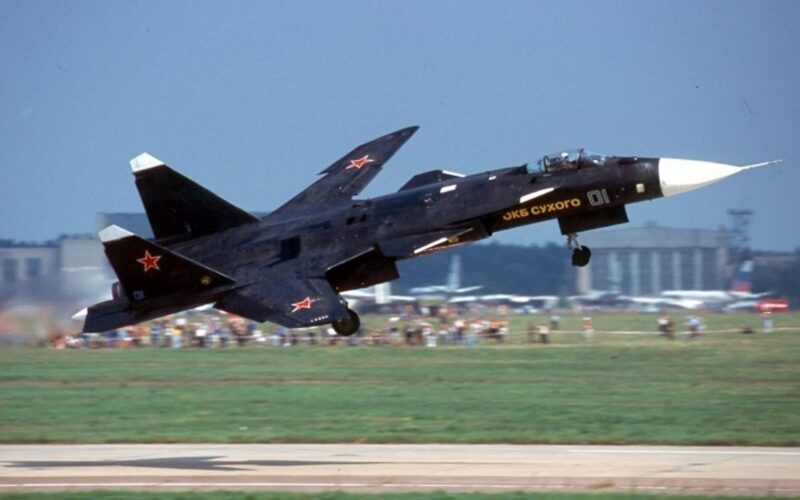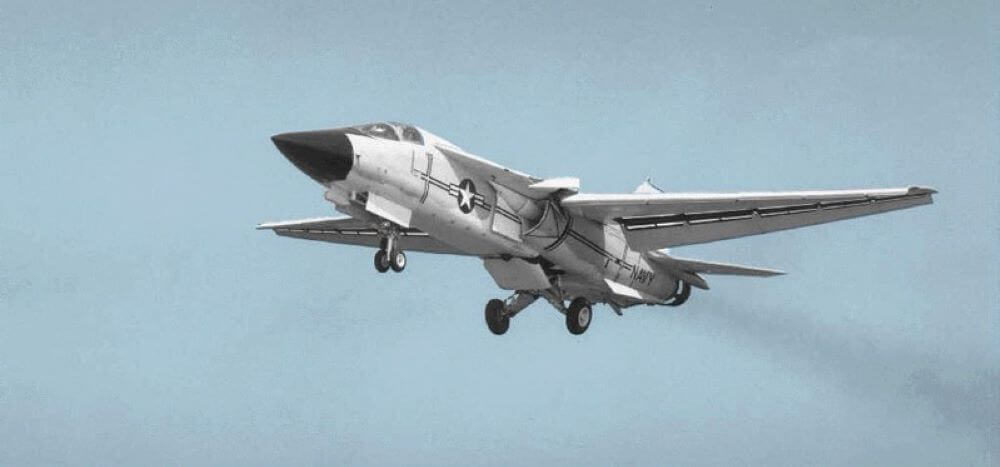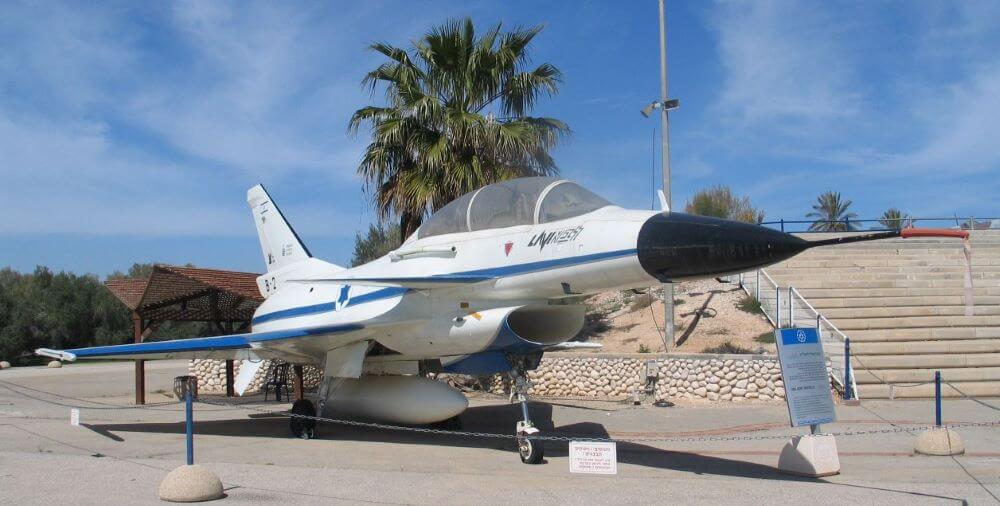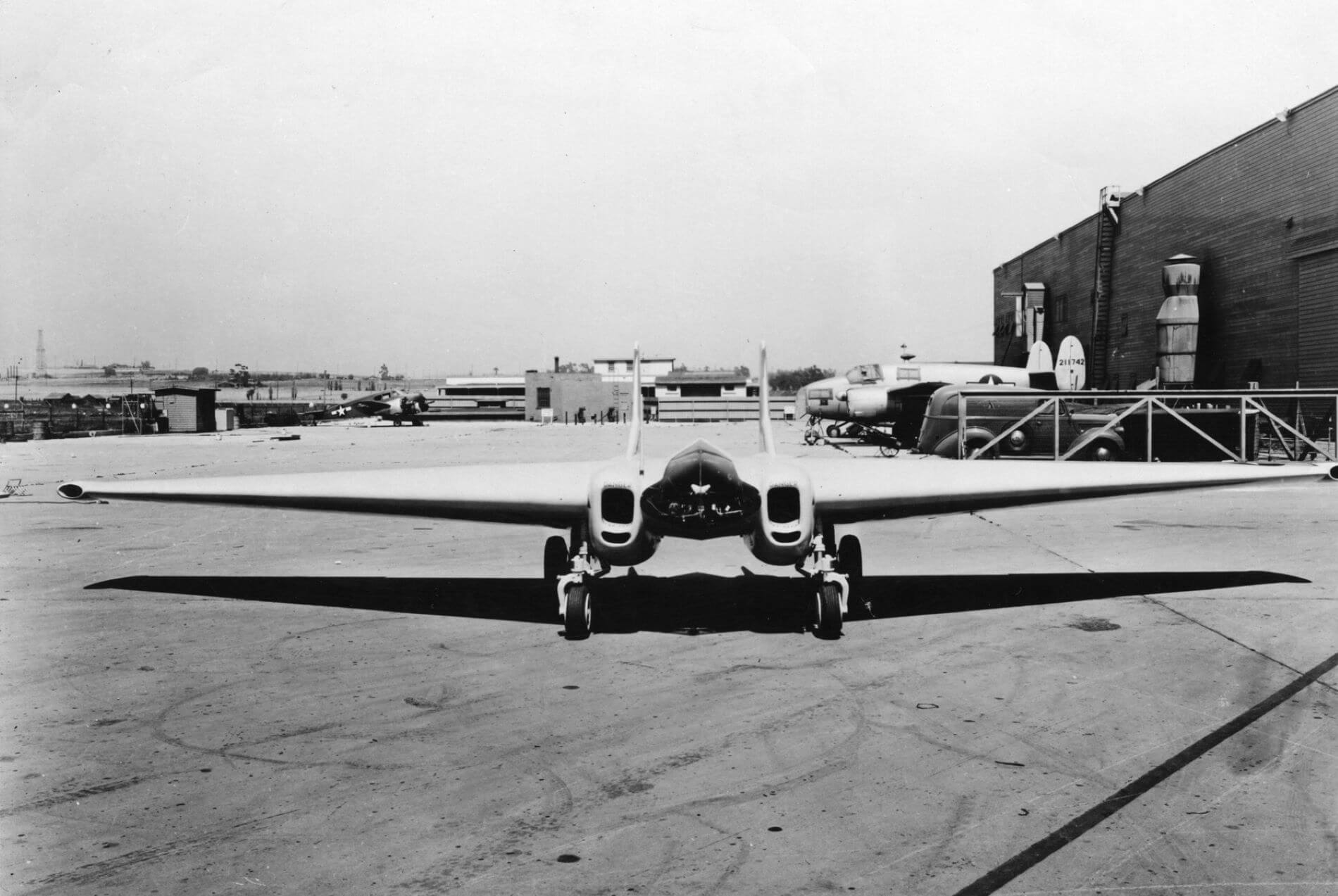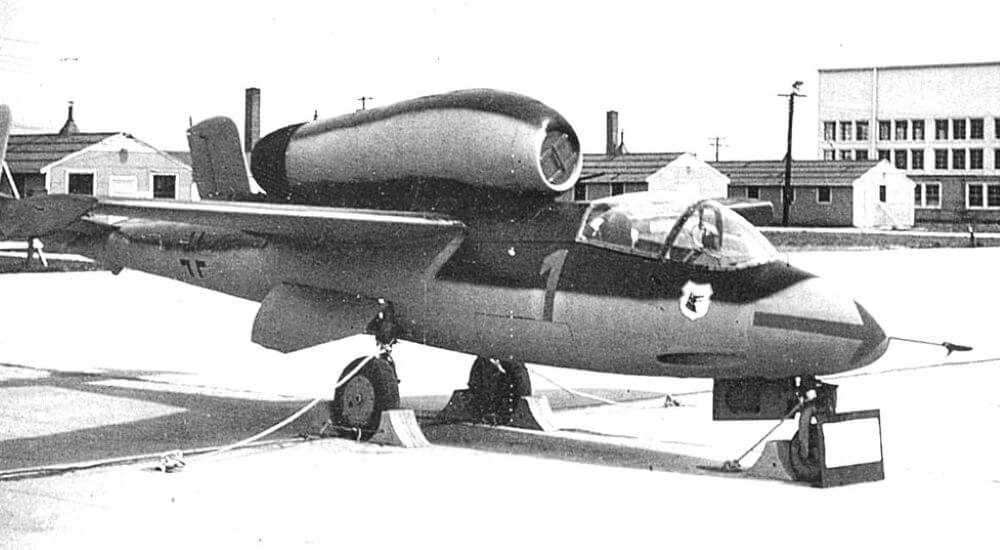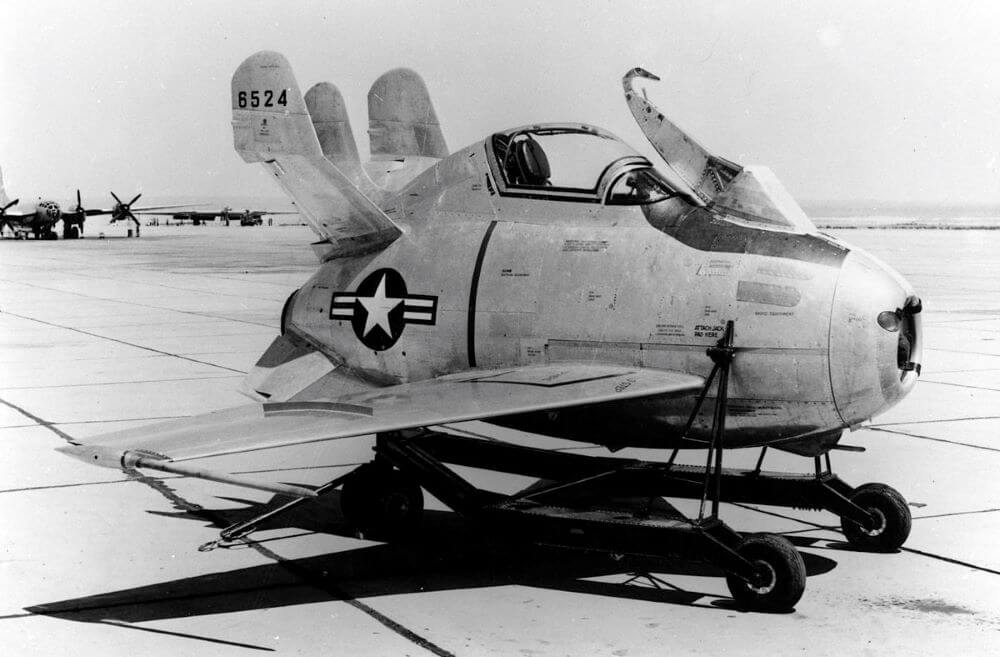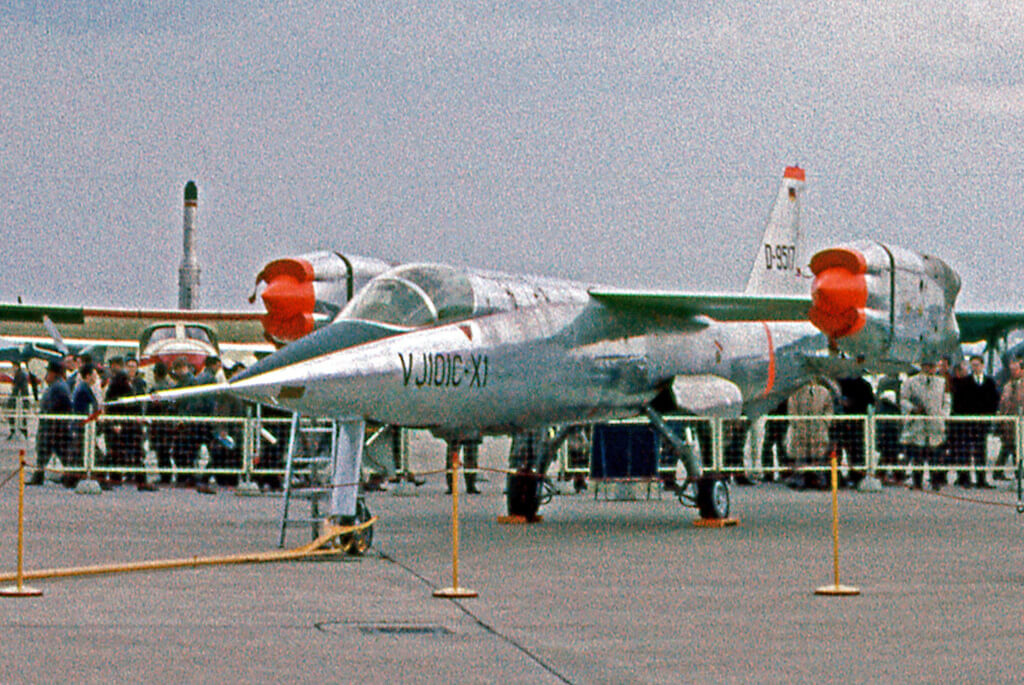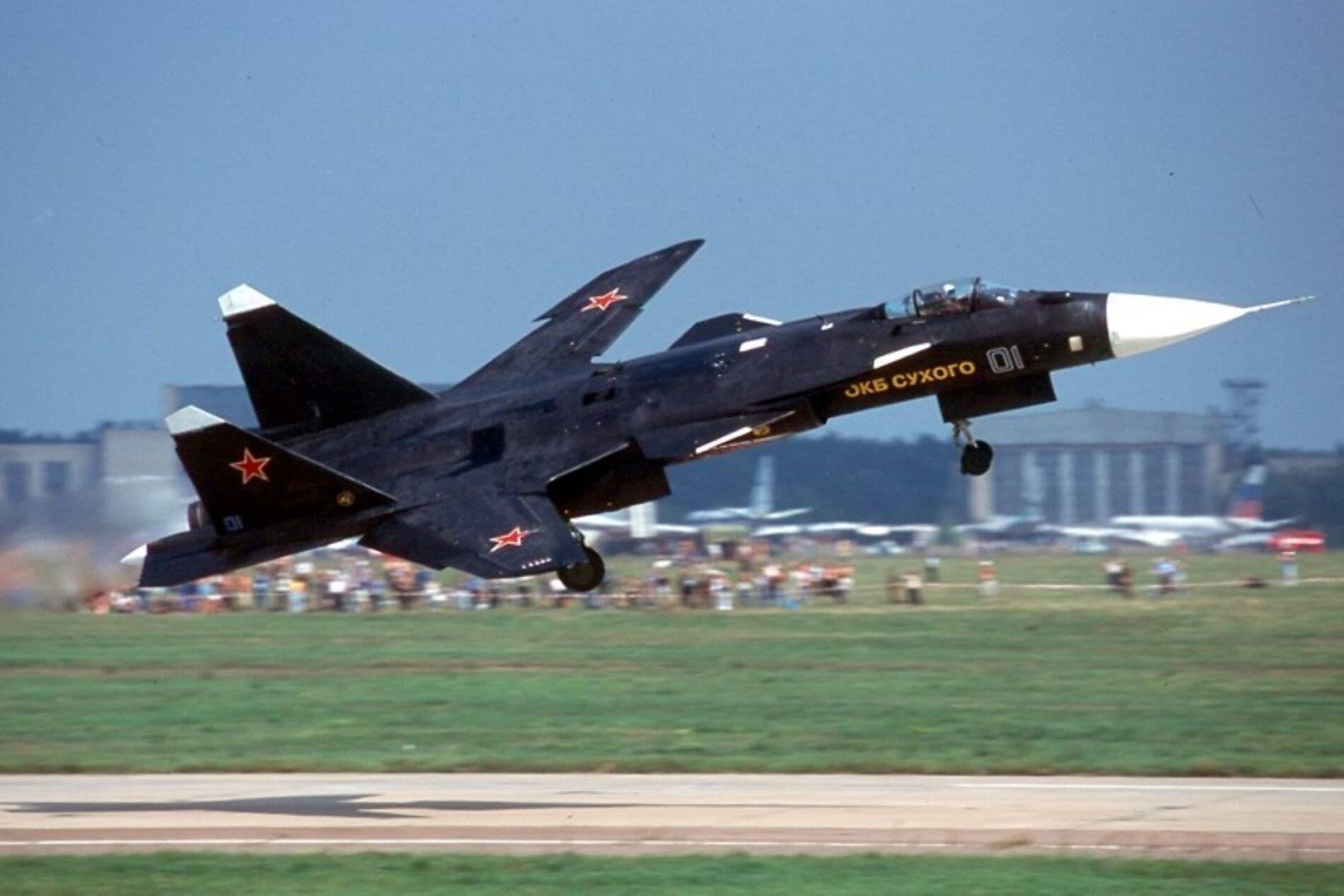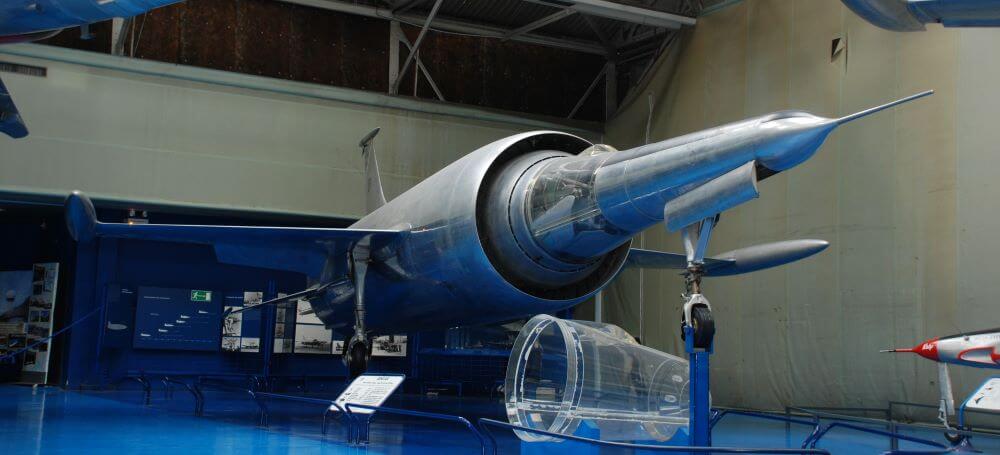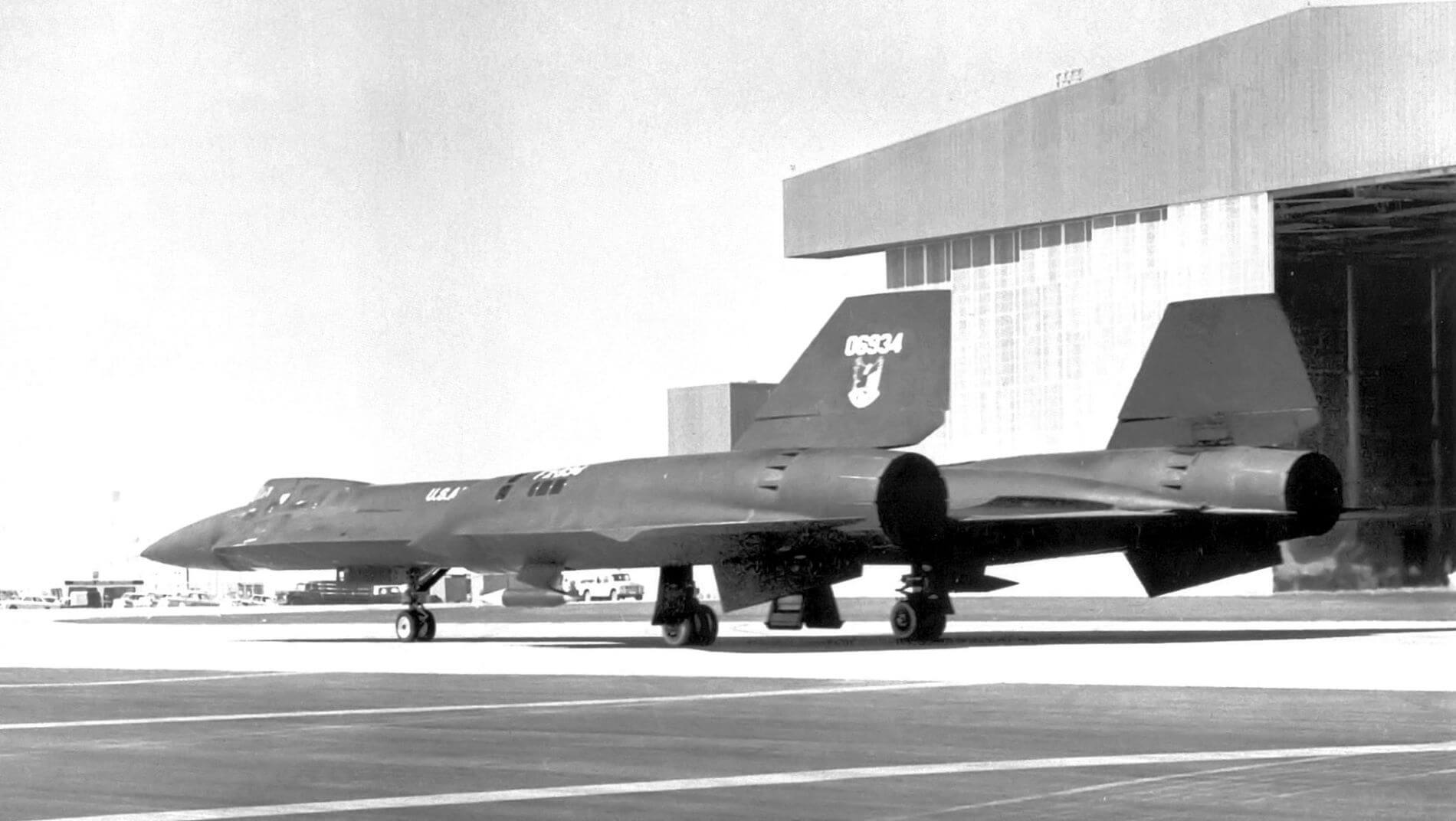The success of a fighter jet can be measured by many things – its performance, its sales, its combat effectiveness, to name a few. But to demonstrate success in those areas, a jet has to be accepted into service first. Thus, it is only natural that the most unsuccessful fighter jets are the ones that never left the drawing board or went beyond the prototype stage.
But to experience the ultimate opposite of success – a failure – the jet has to do something extraordinary too. It has to shoot for the stars and end up in a dumpster; it has to be the most promising thing around, yet underperform spectacularly.
Of course, many potentially successful jets do not enter production because of economic, political, or other non-aviation-related reasons. For example, many late Soviet projects did not see mass production due to budgetary reasons after the collapse of the Soviet Union: the supersonic VTOL Yak-41 and Mikoyan’s fifth-generation attempt, the 1.44, among them. If not for the collapse, they probably would have been built and go on to become successful.
It is also quite common for jets to get their production numbers cut, or be assigned to a different role than initially envisioned. For example, fifth-generation jets were supposed to replace the fourth-generation ones, but became more of a supplement than a replacement due to their high cost.
Those are not failures – they are results of changing circumstances. To be considered a failure, the jet has to fail because of its intrinsic properties – something with its concept or execution has to go spectacularly wrong.
But being a failure does not mean being bad at everything. Many failed projects were incredibly ambitious, interesting and could have succeeded if, for example, the laws of physics had been a bit gentler, or somebody would have discovered an endless source of money to cover their bloated development.
So, let’s look at some of the coolest, most interesting, most promising fighter jet failures that ever existed. The order of this list is somewhat arbitrary, yet the main criteria are the ambition of the development, as well as its uniqueness.
Honorable mention: General Dynamics-Grumman F-111B
General Dynamics F-111 Aardvark was a moderately successful swing-wing American strike aircraft from the 60s. One of the ideas behind its development was to produce an ultimate multirole aircraft that could fill almost every role the US military could find.
Hence the fighter variant, the F-111B. It had to replace the F-4 Phantom in Navy’s service and become a carrier-borne air defense and strike platform. Incredibly large, heavy and sluggish it would have relied on its speed and BVR capabilities in combat, and by the late 60s, it became apparent that that is not the way to go.
The Navy canceled the development and opted for the much more nimble Grumman F-14 Tomcat, thus giving birth to the fourth generation of fighter jets. History proved them right, as maneuverability became the key in future battles. So, while the F-111B was not as much of a failure to constitute a real entry, it deserves some recognition, as it would be interesting to see an alternative reality where the F-111B got into mass production, and the evolution of fighter jets continued in the same direction – getting bigger and faster.
Image: USN
10. FMA SAIA 90
Designed in collaboration with Dornier, the SAIA 90 was supposed to be Argentina’s fourth-generation fighter jet – a proud successor of the country’s aviation industry that was one of the finest in the world right after WWII.
FMA initiated the project in the 80s, and it was stupendously ambitious for the time. Fourth-generation implied some bleeding-edge technology, and the jet had to compete with the likes of the F-16 and the Mirage 2000 – no small task for a country with an economy just slightly larger than that of the US state of Colorado.
Also, it was a time of huge economic recession for the country. Also, the Falklands war started in 1983. Also, there was quite a bit of international isolation going on. All of these circumstances contributed, but the main reason behind the SAIA 90’s failure was the sheer ambition of the jet – it had to be incredibly advanced to meet the requirements, which were way too ambitious for the manufacturer.
In the end, not even a prototype was produced, and after a couple of decades and a lot of wasted money, the project was dropped.
Image: Sravps / Wikipedia
9. IAI Lavi
It is a matter of debate whether the Lavi, Israel’s very own fourth-generation fighter jet development, failed due to political circumstances or its internal flaws. The point is, the development was incredibly expensive. The jet was very advanced for the time, maybe even more so than the SAIA 90, and has been sucking Israeli taxpayer money since the mid-70s. Its proponents have been accused of harboring an unsustainable prestige project, as purchasing a fleet of F-16s – a decision which eventually happened – would have been a lot cheaper.
There also exists a question of whether the Lavi really failed, as after the Chinese Chengdu J-10 surfaced several years later, many noted an uncanny similarity to the canceled Israeli project. But the controversy and the alleged second life only adds to the attraction of this Israeli jet which never entered into production.
Image: Bukvoed / Wikipedia
8. Northrop XP-79
This one gets here on the sheer audacity of the project alone. One of the first American jet fighters and one of the legendary flying wings of John Northrop, the XP-79 appeared in the early 40s, when it was not entirely clear what to do with those new, fast jet fighters. Since they are so fast, wouldn’t it be more efficient just to ram them into enemy bombers?
So, the XP-79 – which was initially conceived as a rocket-powered aircraft – was supposed to be armed not with guns, but with 19 mm (0.75 in) thick magnesium alloy skin on leading edges of its wings, that (at least in theory) could cut through any foe like butter. One could only imagine how the dogfights of such aircraft would have looked.
It proved to be incredibly difficult to control, a notorious feature of all flying wings. The first prototype crashed in 1944 killing the test pilot, and the project was cancelled in favor of more conventional designs.
Image: USAAF / Wikipedia
7. Heinkel He-162
Late Nazi Germany was ripe with failing fighter jet designs, one more audacious than the other. Be it the Focke-Wulf Triebflügel, a project to develop VTOL bomber hunter, or Focke-Wulf Ta 183 that pretty much defined the look of the first generation of fighter jets. But none of them failed as hard as the He-162.
Going by numbers alone it would be difficult to call it a failure – over 300 were manufactured, a number not all modern fighter jets could boast about. But only around 120 have been delivered to the military, even fewer of those have been flown, and there is even a debate if any combat flights took place. It may or may not have shot down one British airplane, but the account is heavily contested, as the majority of He-162s were too busy falling apart in the sky.
An attempt to design a cheap and easily producible fighter jet at a time when fighter jets were still largely a thing of the future, the He-162 deserves some respect. But that ambition came at the cost of the airplane being laughably underpowered, hard to fly, unreliable, and generally bad by almost every account.
Image: USAF / Wikipedia
6. Lockheed L-133
The He-163 was still more successful than the first American fighter jet, the Lockheed L-133. But boy, was the L-133 ambitious.
Proposed in 1939 it was intended to demonstrate operational performance on par with the Korean War-era jets. With its canards, blended wing-body, slotted flaps and two engines it was truly something from the future. Way too radical, it was rejected in favor of the P-80 Shooting Star, as there was no chance the US military would invest a mind-boggling amount of money into something so advanced and unproven.
5. McDonnell XF-85 Goblin
The Goblin is well known in the community of aviation geeks: a fighter jet designed to be carried inside the bomb bay of a heavy bomber, it is notorious both due to its looks and the story of its failure. Difficult to control, impossible to dock onto the mothership, and utterly useless in combat, as even piston-engine planes from WWII could have outperformed this jet.
It was another dead end in the evolution of fighter jets, or maybe an idea far ahead of its time, considering all the recent experiments with air-launched drones. Nevertheless, it failed spectacularly.
Image: USAF / Wikipedia
4. EWR VJ 101
As the 60s rolled in, the aircraft were getting faster and heavier, requiring longer runways. But what if it would have been possible to use all of that jet power for vertical takeoff and landing? Such an aircraft could be hidden in unprepared locations, perform surprise strikes and interceptions, and not depend on any permanent infrastructure. A lot of benefits for something that seemed entirely feasible with contemporary technology.
European aircraft manufacturers showed huge interest in VTOL aircraft, having first-hand experience of what carpet-bombing of a country’s airfields does to its air force. Hawker Siddeley P.1154 was a British attempt at a supersonic VTOL fighter jet; Dassault Mirage IIIV was a French one, and there were more. But none of them were as promising and reached as advanced a stage as the West German EWR VJ 101.
It was supposed to be a Mach-2 capable VTOL fighter with fly-by-wire controls and six jet engines. It looked like something out of not-yet-released Star Wars, and one of its prototypes actually demonstrated supercruise ability by reaching Mach 1.2 without an afterburner.
Just like many others, it was abnormally complex and expensive, hard to control and maintain, and the development never went beyond the two prototypes. It took three decades for another functional supersonic VTOL jet to emerge – the YAK-41 – and two more decades until we got a mass-produced one, the F-35B.
Image: RuthAS / Wikipedia
3. Sukhoi Su-47 Berkut
It is a common misconception that the Grumman X-29 and the Sukhoi Su-47 were the only aircraft with forward-swept wings ever built. There are at least several smaller, less ambitious and civilian aircraft that successfully implemented this concept – such as Saab Safari.
This shows that the forward-swept wing itself is not this insane idea that is completely impractical. It can be implemented even on supersonic jets, such as the X-29 and the Su-47, for dramatically increased maneuverability and low-speed performance.
The X-29 was just a technology demonstrator, never intended to go into mass production. But the Su-47 was not. In the late 90s, there was a lot of talks that it was going to become the new main Russian fighter jet and rival the American F-22, and even though no contracts were signed, the sole Berkut that took to the skies in 1997 was a prototype, not a technology demonstrator.
It proved to have impressive performance, but a lot of problems too: the composite wings that could withstand supersonic flights and high-G maneuvers were incredibly expensive, hard to make, rather brittle, and not particularly reliable. Mass-producing the jet was inconceivable due to those reasons, and the country got back to conventional designs, relegating the Su-47 to the roles of a technology testbed and an airshow darling.
Image: Leonid Faerberg / Wikipedia
2. Leduc 022
Some of the aircraft on this list could have brought the entire aviation industry into radically different directions, had they been successful. The direction some French experiments from the 40s and the 50s proposed was so far from the one we have, they still look as something from a parallel dimension.
An attempt to redefine how a fighter jet works, the Leduc 022 and its predecessors – the 0.1 and the 0.21 – featured a prone-position cockpit, a massive ramjet engine, a round air intake, and some test pilots with gonads likely made of weapons-grade uranium.
The concept behind these jets was envisioned by René Leduc in 1938. Back then – just like with the Northrop XP-79 – it was not really clear what to do with those newly-invented jet engines, and how jet fighters would actually work.
In contrast to the XP-79, Leduc’s designs actually worked. They flew, seven prototypes were built in total, and the French military showed a lot of interest in the supersonic, missile-armed 022.
Nevertheless, the design was way too radical, too expensive, and the ramjet engine was somewhat prone to catch fire. The project was canceled in favor of the Mirage, leaving us to wonder what would happen had it not failed.
Image: Fabrice Dury / Wikipedia
1. Lockheed YF-12
Everybody knows the famous SR-71 Blackbird, the paradigm-shifting, physics-defying, fuel-leaking Mach 3 spy plane. But not many know that it was actually based on a fighter jet.
The FY-12 was developed from slightly earlier A-12, both of them vastly overshadowed by the subsequent development of the airframe – the SR-71. Three prototypes of the interceptor variant were built, all capable of sustained flight of over Mach 3 – a speed at which the second-fastest fighter jet, the Mig-25, would begin devouring its own engines. The YF-12 was simply another level of a fighter jet.
It would have been the ultimate interceptor, capable of catching up to any prey and running away from any danger, save for maybe a ballistic missile. The program got cancelled largely because the Soviets switched to those missiles as their favorite Armageddon-delivery option; also, the Vietnam War was squeezing the US armed forces budget dry; also, the jet would have been much, much more expensive than any of the alternatives. The US would still go on designing and wielding supersonic interceptors, but nothing with the ambition and capabilities of the YF-12.
It did what it was designed to do, and has never been matched at that. So, the YF-12 is the ultimate failed fighter jet
Image: USAF / Wikipedia

